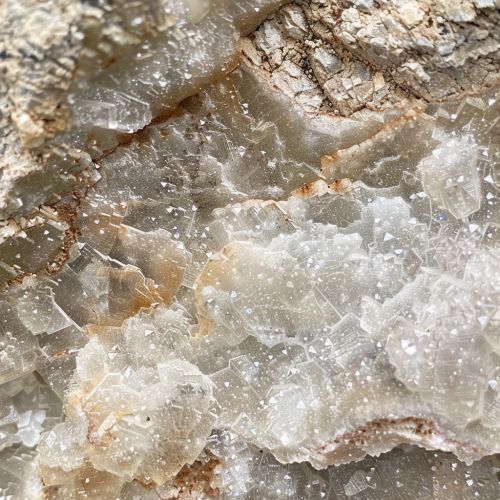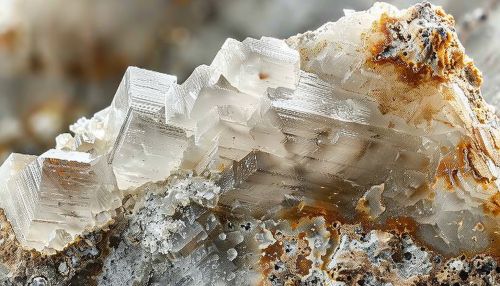Phyllite
Introduction
Phyllite is a type of foliated metamorphic rock that has been subjected to higher levels of heat and pressure compared to slate, its precursor. This rock type is characterized by its fine-grained texture, silky sheen, and its ability to be split into thin sheets.


Formation
Phyllite is formed through the metamorphism of slate. This process, known as metamorphism, involves the transformation of one rock type into another due to heat, pressure, and chemical processes. The metamorphism of slate into phyllite is a result of low-to-moderate grade metamorphism, which is typically associated with regional metamorphic events.
Characteristics
Phyllite is distinguished by its fine-grained texture, which is smoother than slate but not as coarse as schist. The mineral composition of phyllite is similar to that of slate and consists primarily of quartz, sericite mica, chlorite, and graphite. The presence of these minerals gives phyllite its characteristic sheen, which is often described as being 'silky' or 'satiny'.
Uses
Due to its ability to be split into thin sheets, phyllite is often used in construction and decoration. It is commonly used as a building stone, particularly for roofing and wall cladding. In addition, its unique texture and sheen make it a popular choice for decorative stone in interior design.
Distribution
Phyllite is found in many parts of the world, including North America, Europe, and Asia. It is often associated with regions of mountain building, where the conditions for metamorphism are typically present.
